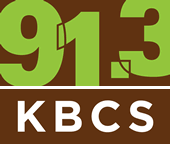Sorry, no posts matched your criteria.
Skip to content
Please enable your javascript to have a better view of the website. Learn about activating javascript here.
index.php

